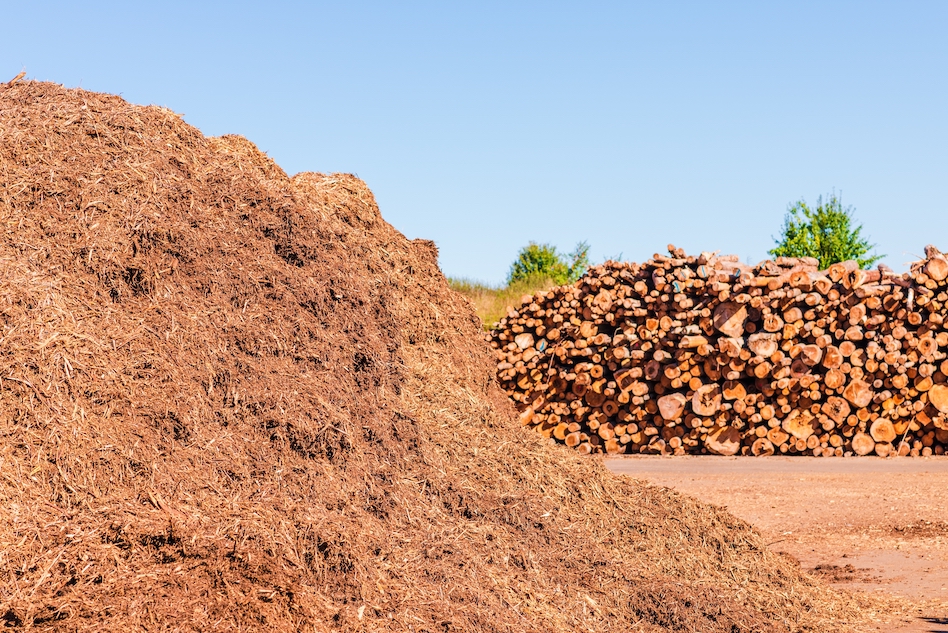Valorization of Biomass for Thermal Use
Key to Sustainable Forest Management and the Energy Transition

The valorization of biomass for thermal use has become a fundamental tool for facilitating the economic viability of forest management. Through this practice, value is given to residual and shredded wood, significantly improving the economic balance per hectare managed. This dynamization not only allows for better forest management but also opens the door to other derived products, making the overall forestry activity more viable and profitable.
The model being promoted in the field of biomass is clearly local and proximity-based. This characteristic is crucial for several reasons: it enables more sustainable forest management, reduces the risk of forest fires, promotes the use of renewable energy, and helps reduce greenhouse gas (GHG) emissions. Furthermore, it fosters the creation of stable jobs in rural areas, contributing to the socio-economic development of often more depopulated regions.
This proximity model is made possible by the direct correlation between the installed capacity of biomass-using facilities and the local availability of this raw material. This allows for optimal resource management with minimal transport, reducing both costs and environmental impacts.
Changes in Thermal Fuel Consumption
In recent years, the consumption of biofuels for thermal use has seen significant variations. While the consumption of wood chips and pellets has increased, the use of firewood has decreased. This change can be partly attributed to the mild temperatures of recent winters, which have reduced the need for firewood, a more basic product, in favor of more sophisticated biofuels.
It is worth noting the increase in the consumption of wood chips and pellets, as these are more processed products used in more efficient technologies, often with voluntary quality certifications. These fuels allow for better energy optimization and a reduction in emissions associated with their use.
In terms of production, Catalonia has stabilized its pellet production capacity, with five plants currently in operation. This stability ensures a constant supply to meet growing demand.
Biomass is a Resource to Be Maximized
Despite the increase in the consumption of wood chips and pellets, the overall consumption of forest biomass for thermal uses in 2016 slightly decreased compared to 2015. Possible causes for this decrease include low fossil fuel prices, which have led some consumers to opt for these energy sources instead of biomass. Additionally, the mild temperatures during the past fall and winter reduced the demand for heat, particularly affecting firewood consumption.
The forestry sector has seen positive growth in terms of employment. Jobs created in recent years have been maintained, and up to 15 new companies have been registered in the forestry sector. This is an indicator of the growing importance of biomass as a renewable and sustainable resource, and of the key role it plays in rural economies and in the fight against climate change.
Overall, the valorization of biomass for thermal use is an essential element in promoting sustainable forest management and advancing toward a cleaner, renewable energy model. The increase in the consumption of more refined products such as wood chips and pellets, combined with the creation of new companies and jobs, shows that this sector has great growth potential, provided that policies encouraging its use are maintained and forest resources are managed appropriately.










